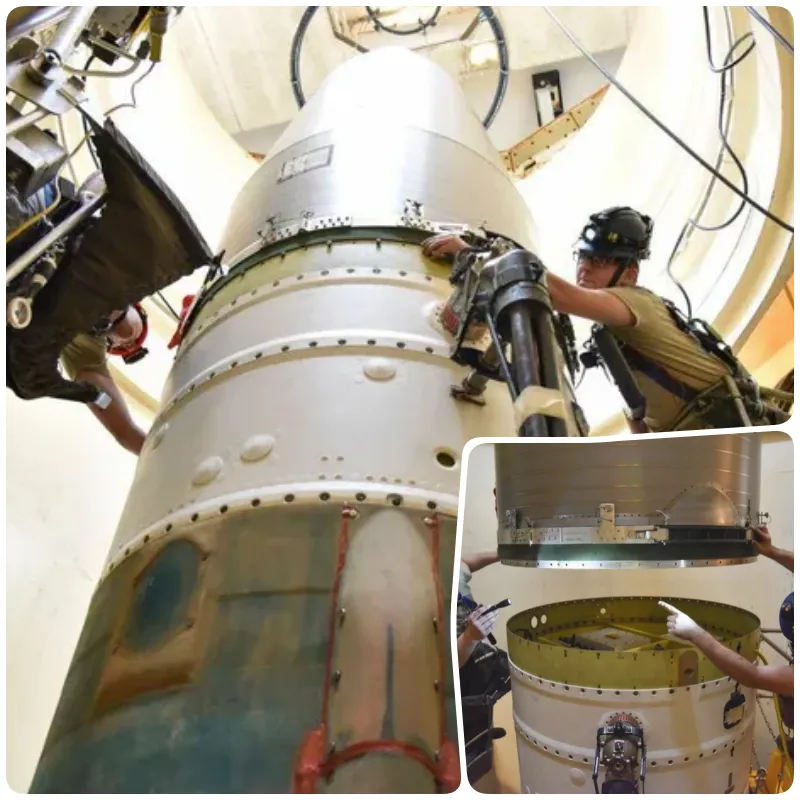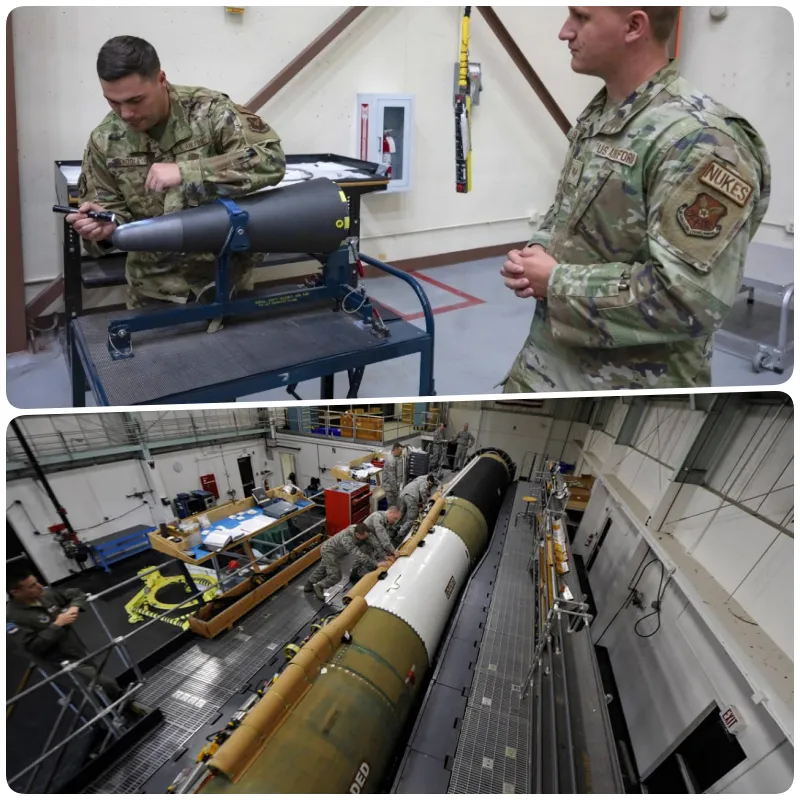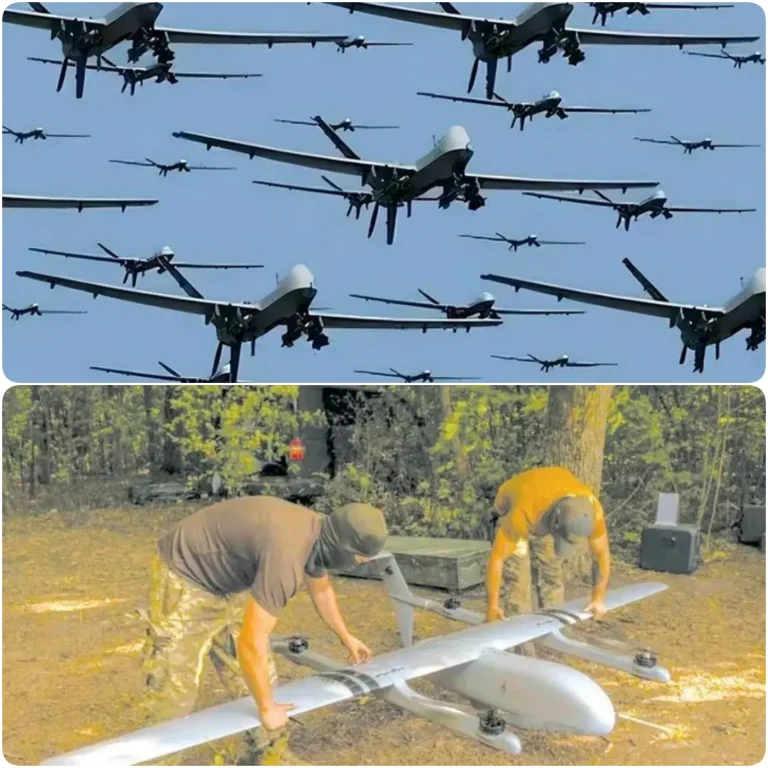
“Nightmare” about modernizing US nuclear missile silos
Modernizing America’s nuclear missile silos is facing significant challenges, with project costs skyrocketing to $141 billion amid dwindling support. Implementation delays and complex technical issues are raising questions about the feasibility and necessity of the upgrade.
On August 26, The Wall Street Journal reported that the modernization of US nuclear missile silos is facing major obstacles. While the project’s costs continue to escalate, support for the upgrade is waning. The situation puts the Pentagon in a difficult position, grappling with massive cost overruns and management problems on an important but extremely complex project.

The report said the Pentagon has adjusted the estimated cost to upgrade nuclear missile silos to $141 billion, an increase of $30 billion compared to the previous estimate. This project, led by the US Air Force and called Sentinel, aims to replace Cold War-era intercontinental ballistic missiles with newer, more advanced models. However, delays in project implementation not only raise cost concerns but also negatively impact public and government confidence in the program’s viability.
One of the major challenges facing the Sentinel project is the uncertainty about when work will begin and be completed. The rural community where these missile silos are located has been waiting in vain as the project continuously faces delays. In Kimball, Nebraska, a town near America’s largest cluster of missile silos, military leaders said that construction could take another five or more years from the start date. This has caused growing concerns among locals and lawmakers about the future of the project.
Brigadier General Colin Connor acknowledged the frustration in the local community but also noted that many uncertainties had made the project’s implementation difficult. Sentinel is part of a $1.5 trillion nuclear weapons modernization program estimated by the U.S. Congressional Budget Office to last the next 30 years. However, with rising costs and uncertain timelines, many are beginning to question whether maintaining land-based nuclear missiles is still necessary.
Modernizing nuclear missile silos is a complex and challenging task. Current Minuteman III missiles are decades beyond their intended lifespan and the silos need urgent upgrades, including thousands of associated equipment and the rebuilding of underground command centers. Maintaining these systems now takes more time and effort than before, and replacement parts are increasingly scarce.

Bill LaPlante, head of the Pentagon’s arms procurement department, emphasized that the scale and complexity of this program is unprecedented in more than 60 years. Despite efforts to reduce project complexity, changes and adjustments to plans can take up to 18 months. Additionally, accessing private land for the project has proven difficult, further complicating the upgrading process.
The Pentagon and defense contractors such as Northrop Grumman have faced major technical challenges in repairing silos, accessing electrical wiring and modernizing communications infrastructure. Some silos may be beyond repair and require complete rebuilding. This situation represents a real “nightmare” in terms of technical and financial challenges for the Pentagon and its contractors to solve.






